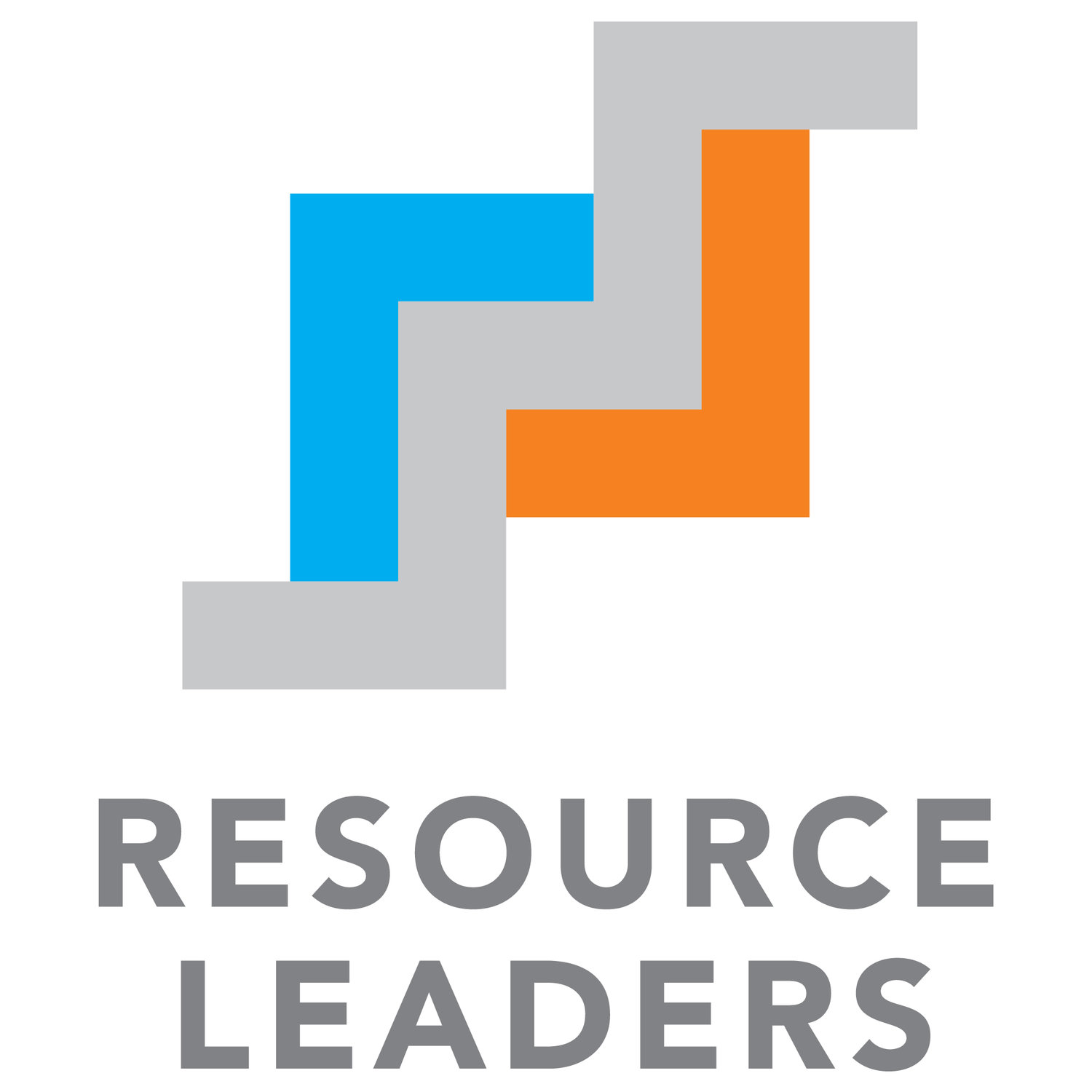Pharmacy costs are putting a serious dent in the profits of health plans.
In a recent report, Segal Group, the benefits and human resources consulting firm, projected a continued double digit growth rate in carved-out prescription drug benefit cost trends in 2017 even though the health benefit plan cost trend rates were projected to remain similar for most medical plan options.
2017 Health Plan Cost Trend Survey Report
Health plans in recent years have stepped up their efforts to keep pharmacy costs under control, including entering into strategic partnerships with Pharmacy Benefit Management providers (PBMs) to curtail costs. The Value Based PBM is growing in popularity and has become a must-have strategic tool for payers to make US healthcare sustainable in the times of rising healthcare costs.
Some of the popular strategies that have been pursued include:
- Strategic alliances with value based providers such as ACOs and Patient Centered Medical Homes.
- Increased pressure on pharma companies to pursue value based pricing for drugs
- Facilitating low cost primary care access via telemedicine, walk-in clinics, etc.
- Providing financial incentives in wellness design
- Opening their own specialty pharmacies
- Strengthening pharmacy management programs
In this era of rising drug pricing, the above mentioned strategies pursued by pharmacy benefit managers can be utilized to their full extent with the use of latest technologies. For instance, a value based pricing and value based care approach can be achieved by leveraging cutting-edge data analytics tools.
Pharmacy benefit managers are mining their data to measure drug efficacy and make decision about coverage - Bloomberg BusinessWeek
Pharmacy Managers Unleash Big Data
Similarly, low cost primary care access can be facilitated by using telemedicine technologies such as video visits by doctors.
In addition to the above mentioned tools, numerous technologies have emerged and are being deployed by payers and their PBMs to not only improve the well being of patients, but also to save on costs. Digital pill reminders and digital drug dispensers ensure that patients are given the right drug at the right time and thus, significantly improve drug adherence and the patient’s health. Similarly, innovative digital health tools, such as mobile apps and wearables, are being promoted by payers to encourage patients to keep a close tab on their health as well as to motivate them to lead a healthier lifestyle.
The path towards a value based PBM can be realized if payers and PBMs actively integrate, modify their culture to become more innovative, develop a flexible and modular service model and leverage technology in the right manner. By putting data management and analytical capabilities at the forefront, the value based PBM approach can assess data provided by payers; apply predictive analytics to assess costs and outcomes. Such support from PBMs will allow payers to achieve both financial as well as care goals, i.e., save on costs as well as enhance care quality.
